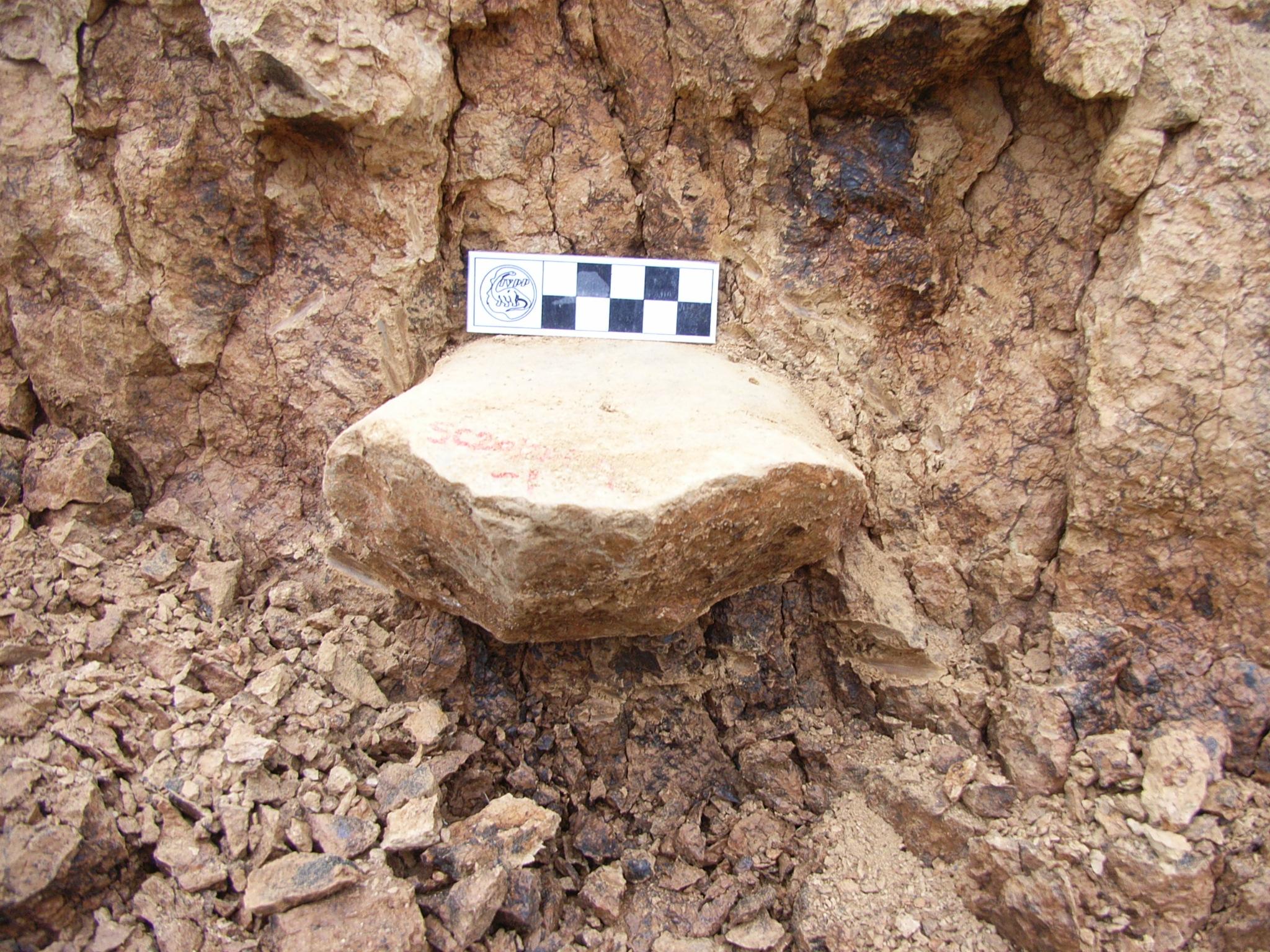Ancient tools in China reveal primitive humans left Africa earlier than previously thought
Stone artefacts and animal bones discovered that date back over 2 million years

Your support helps us to tell the story
From reproductive rights to climate change to Big Tech, The Independent is on the ground when the story is developing. Whether it's investigating the financials of Elon Musk's pro-Trump PAC or producing our latest documentary, 'The A Word', which shines a light on the American women fighting for reproductive rights, we know how important it is to parse out the facts from the messaging.
At such a critical moment in US history, we need reporters on the ground. Your donation allows us to keep sending journalists to speak to both sides of the story.
The Independent is trusted by Americans across the entire political spectrum. And unlike many other quality news outlets, we choose not to lock Americans out of our reporting and analysis with paywalls. We believe quality journalism should be available to everyone, paid for by those who can afford it.
Your support makes all the difference.Simple stone artefacts discovered in China have prompted a re-think of early human migration.
Ancient stone tools and animal bones dating back over 2 million years suggest our ancient cousins made the colossal journey into Asia hundreds of thousands of years earlier than scientists previously thought.
The remains are the latest to chart the early movements of hominins – the group of ancient humans that includes our own species – as they struck out from their homelands in Africa.
Evidence for these early movements is thin on the ground as these first settler populations would have been small in number, but the primitive tools these creatures fashioned act as an effective “calling card” when actual bones are scarce.
Now, a team led by Dr Zhaoyu Zhu at the Chinese Academy of Sciences has discovered nearly 100 stone artefacts in the country of Shangchen, which show these primitive humans living there between 1.3 and 2.1 million years ago.
Previously, the earliest evidence for hominins outside Africa came from Georgia, where tools and bones belonging to Homo erectus have been unearthed dating back to around 1.85 million years.
In China and even further east in Java hominin fossils up to 1.7 million years old have been discovered, but some have claimed human activity in the region has even more ancient roots.
Now, the collection of tools – potentially used to process the animal remains found nearby – provide firm evidence for these claims.
“Our discovery means it is necessary now to reconsider the timing of when early humans left Africa,” said Professor Robin Dennell of Exeter University, one of the authors of the Nature study.
The objects were found in a layer of Earth that spanned nearly one million years, suggesting these creatures were present in the region for a long time and during very different climate periods.
Any new evidence is helpful for scientists trying to piece together the patchy history of humanity, but for now there is still much about these early migrations that remains a mystery.
“The roughly 14,000-kilometre trek from eastern Africa to eastern Asia represents a range expansion of dramatic proportions,” wrote anthropologist Professor John Kappelman in a commentary on the findings. “The dispersal of hominins was probably facilitated by population increases as they moved into new territories.
“Yet even with a dispersal rate of only 5-15km per year, a value well inside the daily foraging range of modern hunter-gatherers, the distance between Africa and Asia could have been covered in just 1,000–3,000 years.”
Join our commenting forum
Join thought-provoking conversations, follow other Independent readers and see their replies
Comments